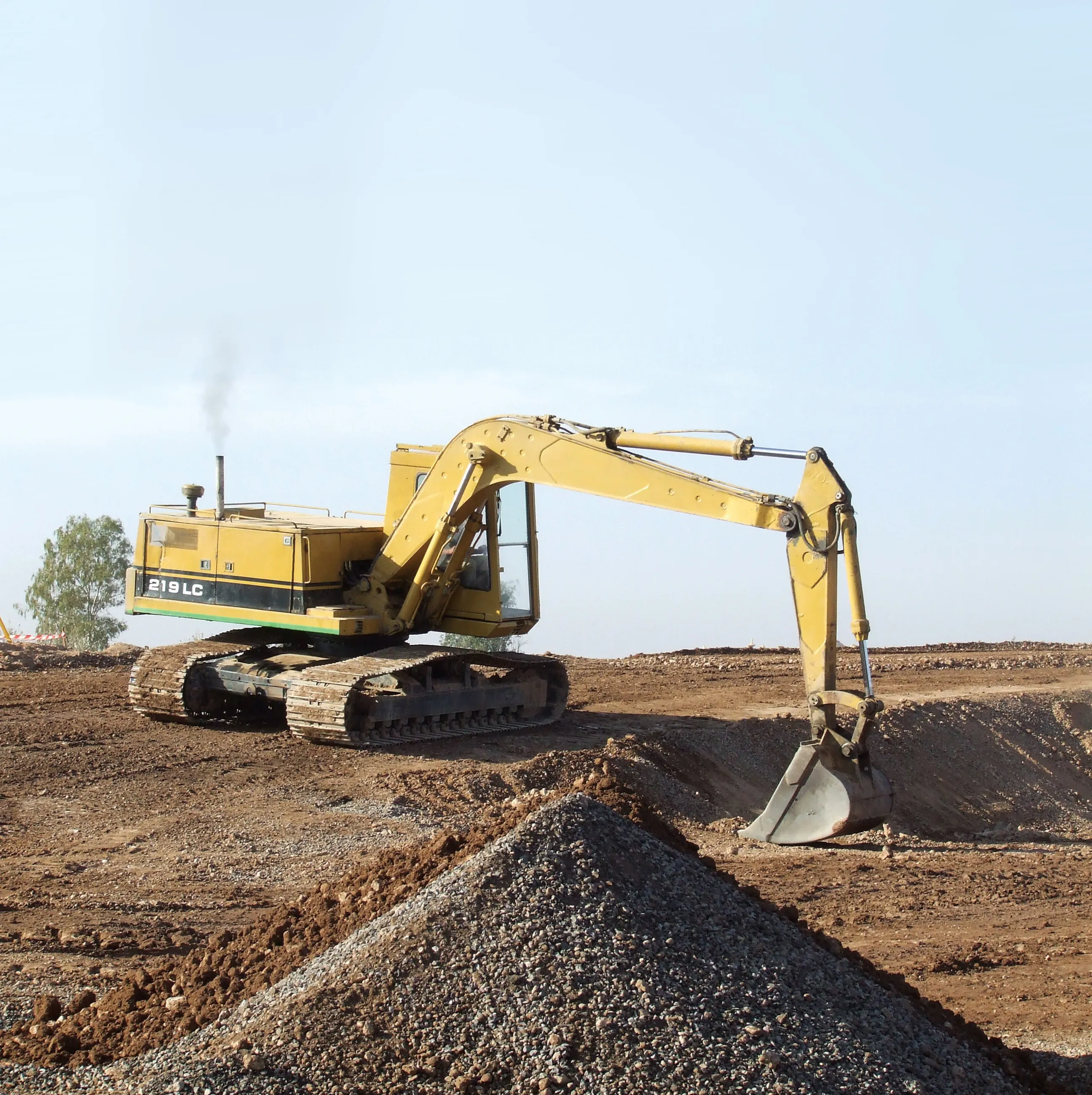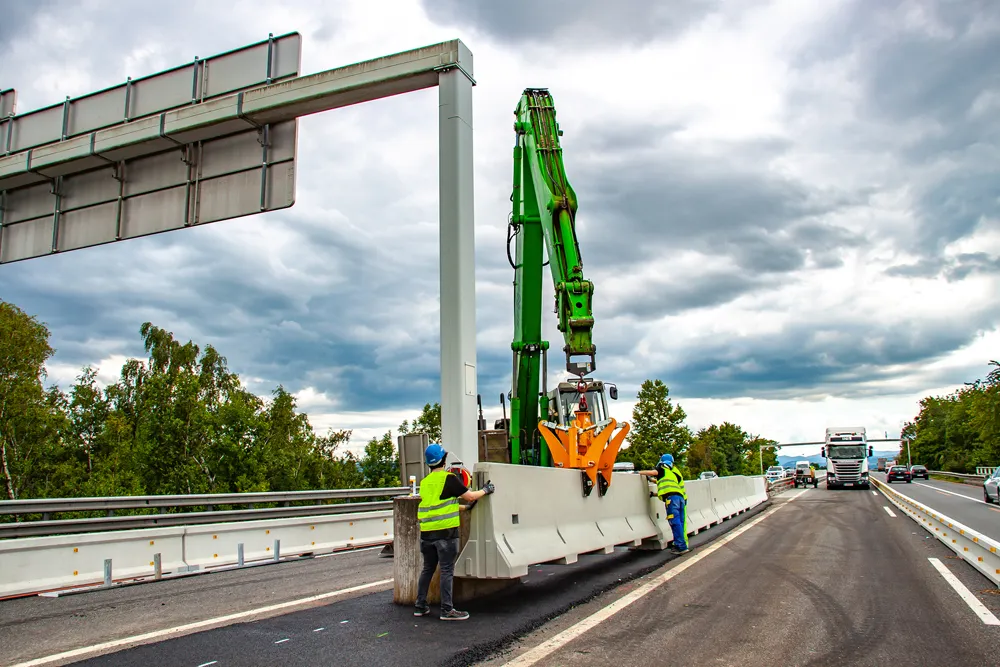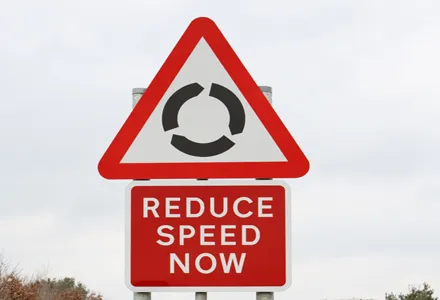
The UK association Britpave, the British In-situ Concrete Paving Association group, is keen to ensure that the country’s major highways will be able to cope with proposed speed limit increases. According to Britpave much of the UK motorway central reservation barriers may not be fit-for-purpose if the speed limit is increased from112-128km/h (70-80mph) as proposed recently.
The UK Government has suggested raising the limit on the motorway network in 2013, a move that would bring the UK in line with many of its European partners. The change has been suggested as vehicle braking and safety systems have increased vastly since the original 112km/h speed limit was introduced in 1965. While there may be an increased risk of accidents resulting from driving at higher speed, the UK Government has said that this will be minimal compared to the economic benefits of faster journey times. The UK’s motorway network has the best safety record of all of the country’s roads and police in many areas already turn a blind eye to vehicles exceeding the 112km/h limit as long as they do not travel above 128km/h.However
Many existing barrier sections have been allowed to deteriorate or are still being employed beyond their original design life. Some sections also may not comply with the latest EU regulations. In such instances, replacement with new technology is required to bring the motorways back into safety compliance.
Professor Glaister’s concerns were echoed by David Jones, director of Britpave, “There is a clear need to upgrade the existing barriers on our motorways, most of which are only designed to contain a medium sized car. Many barriers are now rusted, and no longer fit for purpose."
Jones said that concrete barriers however could be installed comparatively quickly and would address the risk of crossover accidents with heavy vehicles as they have been designed to contain all vehicles
up to and including coaches weighing 13tonnes.
Britpave points out that concrete safety barriers offer a long lasting safety solution as they are designed to last 50 years. But at present, new concrete barriers protect just 10% of the UK’s motorway network and Britpave believes that increasing this percentage would help bring the UK’s motorways back into safety compliance as well as offering a good return on investment in the long term.
EU compliance
In January 2011 it became a legal requirement for all crash cushions sold in the EU to carry the CE Mark, the symbol of conformity to European Directives. This can only be applied to a road restraint system once the manufacturer has undergone a rigorous process of checks and inspections from a relevant Notified Body. A manufacturer cannot simply add a sticker with a CE logo to its product.
As part of the CE certification process, the manufacturer must produce a comprehensive technical file for the product, including the initial testing details and test reports. The Notified Body ensures that the product is correctly qualified and meets the requirements of EN 1317.
Also as part of this process, the Notified Body will make a factory production control inspection when the manufacturing facility, quality control procedures and monitoring processes are all examined.
The manufacturer and its products must meet the exacting standards set out in EN 1317-5 to ensure that the products are compliant and those coming out of the factory are consistent and manufactured to the same standards and specifications as the original product that successfully performed the initial EN 1317 testing.
Once the Notified Body is satisfied that all necessary requirements have been met it will issue a Certificate of Conformity, and only then can a manufacturer apply the CE Mark to its products. The CE label will show the product’s Certificate Number, the Notified Body’s ID number and a summary of what the product has qualified to and its performance levels.









